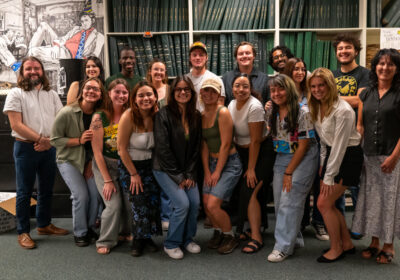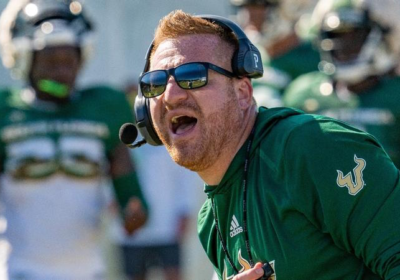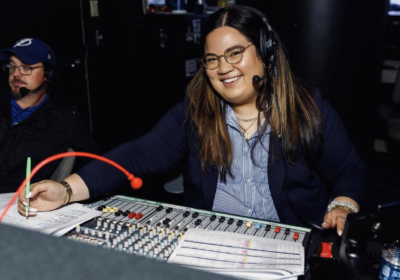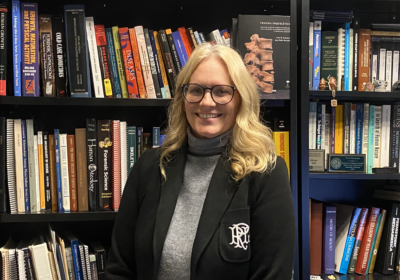USF: then and now

From a school that expelled a student for being homosexual to one of the most diverse universities in Florida, USF has grown in many ways over the last six decades.
What was once a campus of 1,993 students has grown to one of approximately 41,000.
Since being established in 1956, USF has grown with the hopes of continuing to grow in the future. What was a small dusty campus has evolved to include three campuses around the Tampa Bay area, with talk of expansion of USF St. Pete on land from the Poynter Institute and a USF Health building in downtown Tampa.
The arrival of a football team in 1998 brought about talks of a possible on-campus stadium and a change in the homecoming routine. Not only did the new football program transform homecoming, it transformed USF’s definition of school spirit and what it means to be a Bull.
“At one point, we got football and it was in ’98 that they started counting homecoming over again, so that was the first,” Andrew Huse said.
Huse, who first stepped foot on campus as a student in 1995, has been working with the Library’s Special Collections since 2001, specializing in archiving USF history, which he displayed in a gallery at this year’s homecoming.
“People had not really gone to homecoming a lot before and so now that they had this big rallying cry with the football team, maybe they thought that things would change,” he said.
And change it did.
The university, which Huse said the Tampa community saw as a haven for communists and homosexuals, but was actually very much against these groups, and was even pressured into expelling a student for rumors of homosexuality in 1963, has grown in its acceptance of diverse students. The university today has over 100 organizations dedicated to students and their differences. USF welcomes the idea of differences and opens its arms to others.
The change in beliefs can be seen as early as 1966 when students were encouraged to protest a change in the breakup of semesters. Huse said then Florida Governor Haydon Burns decided to change the system of Florida schools after his son allegedly failed his classes due to the trimester system.
At the time, 1,500 students gathered to protest the shortening of their semesters from 16 weeks to a 10-week period. Students felt they were receiving less credit for more class time and would have less opportunity to work over the summer.
This was a time when USF seemed to combine academics with activism, Huse said. The biggest political protests at USF occurred in 1970 and 1971, after the Kent State shooting, which sparked nationwide student protest against the Cambodian Campaign.
“That was a really big deal and that had reverberations all over the university because students were already becoming radicalized by the war and the draft,” Huse said. “A big ‘what if’ is what if they reinstituted the draft today. What would that do to the political consciousness of students?”
Student demonstrations at USF led to others in relation to the Vietnam War, including one in which protesters shut down Fowler Avenue. After some time, activity slowed and the protests ended.
The activism scene is not such a big part of today’s campus, though it remains in its own ways. Several organizations are dedicated to helping students get their words out. A few of these student organizations such as Students for a Democratic Society are around and, though they aren’t as big as the protests of the 1970s, they still have a voice.
When students weren’t protesting, they were attending dances and concerts put on by various committees across the university.
In a time before the digital age, students didn’t have cellphones and, as seen in the old yearbooks found in the Library’s Special Collections, there were a lot of events to take their place.
The yearbooks give current students a rare chance to see what kind of things went on at the university, including visits from Jimmy Buffet and Billy Joel. The books also feature many dances, concerts and poetry readings.
During “Fall Frolics,” an event week similar to homecoming, there was a tricycle race and a carwash marathon. Both of these events were matched with regular dances put on by the Argos Council.
At the time, the council was planning many events such as “Catacombs hootenannies” and “street dances.” Huse said this was a time when it was easier for USF to get students out and involved on campus.
Today, with the cell phones and computers everywhere, it’s harder for USF to get students to participate. Every year, the campus offers many activities such as book readings, movies, intramural sports and events like Week of Welcome and the new Fifty First Days.
Not only have events changed, so has the demographic of the university.
Huse said that today, approximately 15 percent of the student body lives on campus.
The number of students living on campus today is slightly larger than that of the previous years when a majority of students lived off campus. In the 60s and 70s, USF had very few dorms and only one place to eat: the Student Center.
When the university was first opened, it didn’t have any dorms because funding was scarce.
The school later raised money with a campaign called “Dollars for Dorms.” This allowed them to build the first residence hall, Alpha Hall (now Kosove Hall), in 1961, only six months after opening the school.
USF now has 19 residence halls for students to live in. These halls vary from the traditional style to the suites and apartments. There is also a Greek Village dedicated solely to fraternities and sororities.
Even as the rest of the campus was becoming student based, some of the other parts were not. The Library had yet to undergo its transformation.
Bob Cracolici, who has been working with USF for the past 25 years, recalls a time when the Library didn’t allow students to bring anything but themselves and their books.
“The building wasn’t student friendly, but the staff was always nice,” Cracolici said.
Today, Cracolici believes the Library is doing all it can to accommodate the students. Recently, the first floor was renovated to accommodate students more while adding more modern style and new technology like the Digital Media Commons.
USF is now a place to live, grow and learn. Much like its past, USF has grown and learned and it’s student population has done the same.







